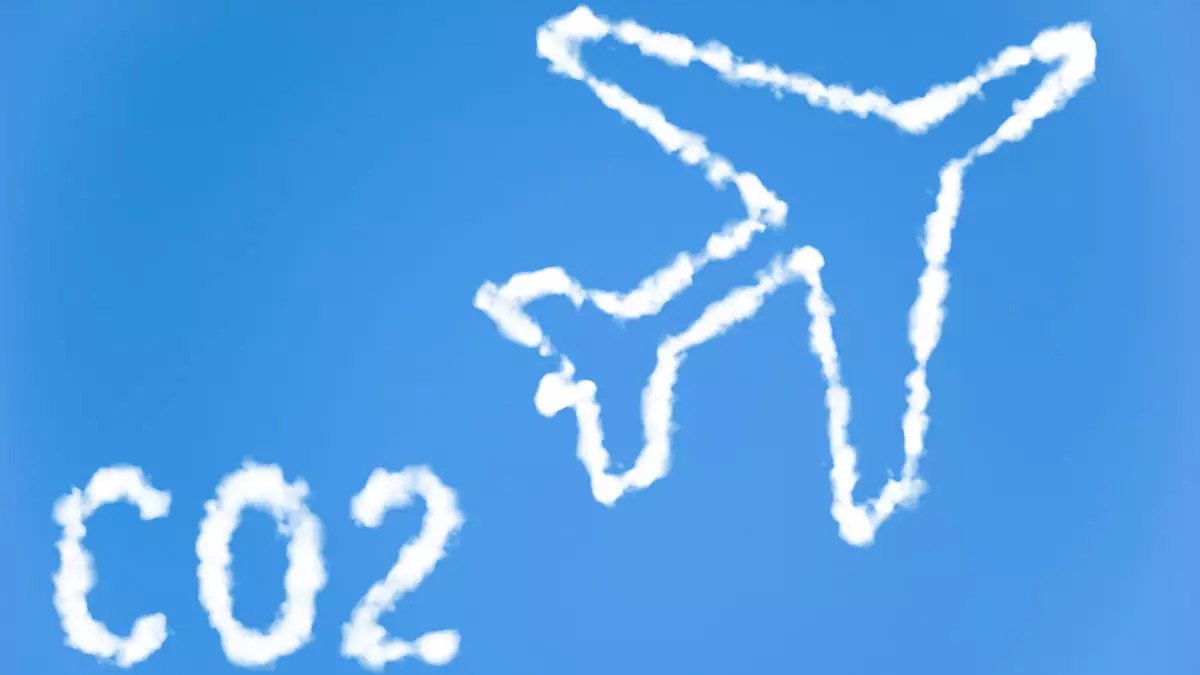As the United Nations set a goal to reduce aviation emissions by 5% globally by 2030, industry leaders expressed doubts at the recent IATA Annual General Meeting in Dubai. IATA director general Willie Walsh highlighted the challenges, pointing out that sustainable aviation fuel (SAF) production is limited in various parts of the world, such as South America, where there is currently no production.
The airline industry has committed to achieving net-zero emissions by 2050, with SAF projected to account for 65% of carbon reduction. Despite the ambitious goals, Walsh emphasized that IATA did not support the interim 2030 target, citing concerns about its achievability.
Global SAF production is expected to triple this year to 500 million gallons, but this would still only meet 0.5% of the aviation industry’s fuel needs. IATA’s revised estimates indicate a slower growth rate in SAF production capacity by 2030 than previously projected, highlighting challenges in scaling production to meet targets.
At the IATA meeting, tensions arose between industry stakeholders, with accusations directed at governments and fuel producers for not doing enough to support SAF production. Walsh’s criticism of TotalEnergies’ profit margins compared to its commitment to SAF production sparked a heated exchange, with TotalEnergies defending its investments in renewable fuels.
One of the major challenges in expanding SAF production is the cost, with airlines currently paying a significant premium for green fuel compared to conventional jet fuel. This cost disparity poses a dilemma for airlines like Qantas, which are reluctant to pass on the increased costs to consumers, potentially impacting the affordability of air travel.
Despite the challenges, industry experts believe that addressing the cost and scalability issues of SAF production is crucial for achieving emission reduction targets. There is a call for increased investment and incentives from governments and fuel producers to accelerate the transition to sustainable aviation fuels.
Overall, the aviation industry faces significant hurdles in meeting global emission reduction targets, with the need for collaboration and innovation to overcome challenges in scaling SAF production and making it economically viable for airlines. Despite the skepticism surrounding current target goals, there is a shared commitment to sustainability and a recognition of the importance of transitioning towards greener aviation practices.

